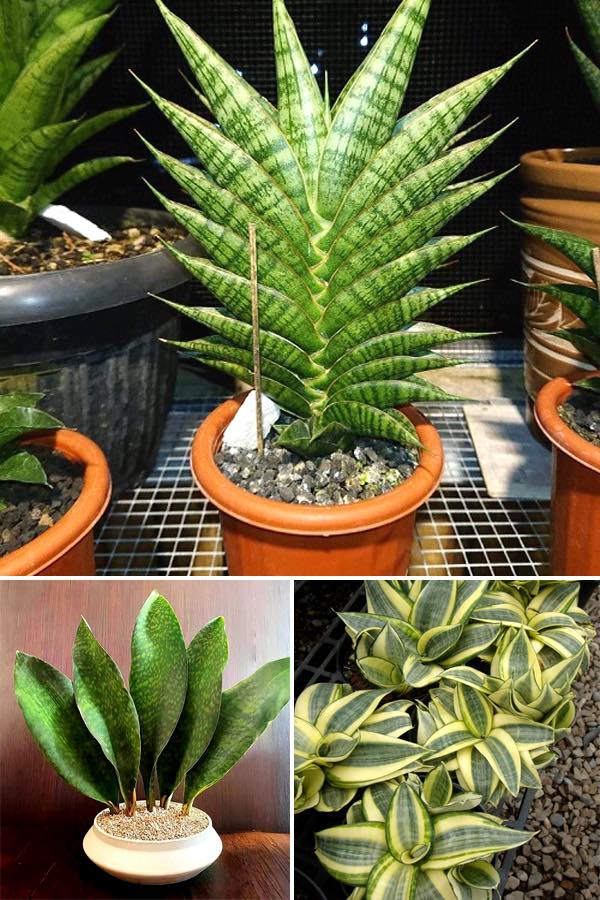Once your snake plant starts spreading out, you need to help it stay that way. Remove any new shoots that grow sideways or push them into the middle, as they can disturb the pattern. Also, cut off any damaged or drooping leaves from the base to keep the plant tidy and even.
Water your plant only when the top layer of soil feels dry. Too much moisture can make the leaves heavy and cause them to bend forward.
Every few months, clean the leaves gently with a damp cloth to remove dust and allow better light absorption.
Pro Tip: Repot your plant once a year into a slightly wider container so it has room for new growth and keeps the fan shape from crowding at the center.
5. Propagate Smartly for More Fans
If you love the look, you can easily make more fan-shaped snake plants from one. When your snake plant produces pups, carefully separate them with a clean knife and repot them at a slight angle in a new pot.
Choose pups with at least one or two healthy leaves and some roots. Don’t plant them too deep, as that may make them grow upright. Also, keep them in bright but gentle light until they settle, then treat them like your main plant.
Pro Tip: Propagating from pups of already fan-shaped plants helps you keep that same wide form in the new ones. It’s a shortcut to getting perfect fans without retraining from scratch.
6. Bonus Trick: Control the Rhizome Direction

The hidden secret to a perfect fan shape lies underground. We all know that snake plants spread through thick roots called rhizomes, and the direction these rhizomes grow decides where new leaves will appear. If you control that direction early, your plant will naturally open up in a fan without much effort.
When you repot, expose the rhizome slightly and notice which way it’s pointing. Then, place the pot so that the rhizome faces the side where you want the fan to spread. Over time, new shoots will keep growing along that same line, creating a clean, even row of leaves instead of a random cluster.
ADVERTISEMENT


